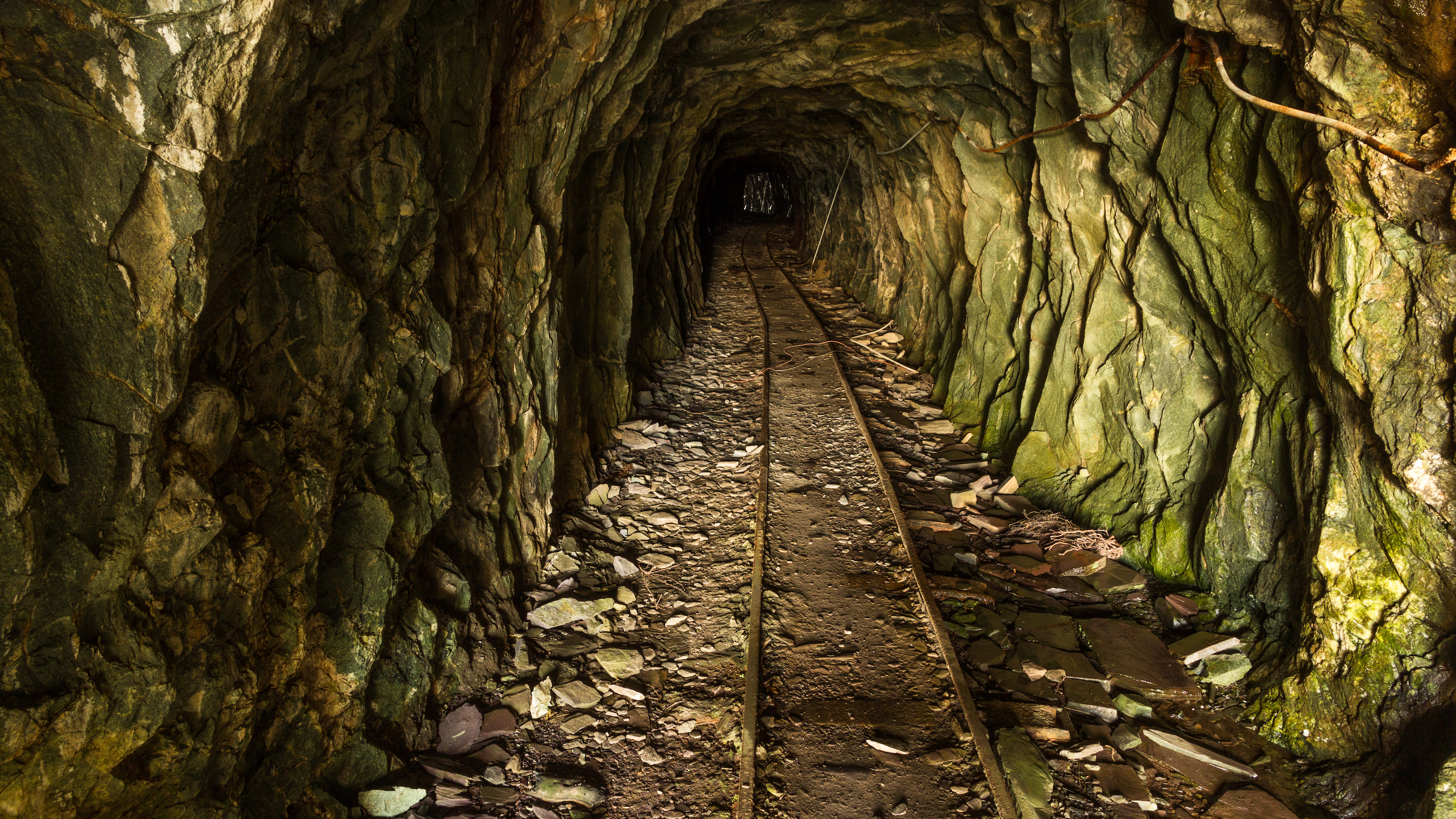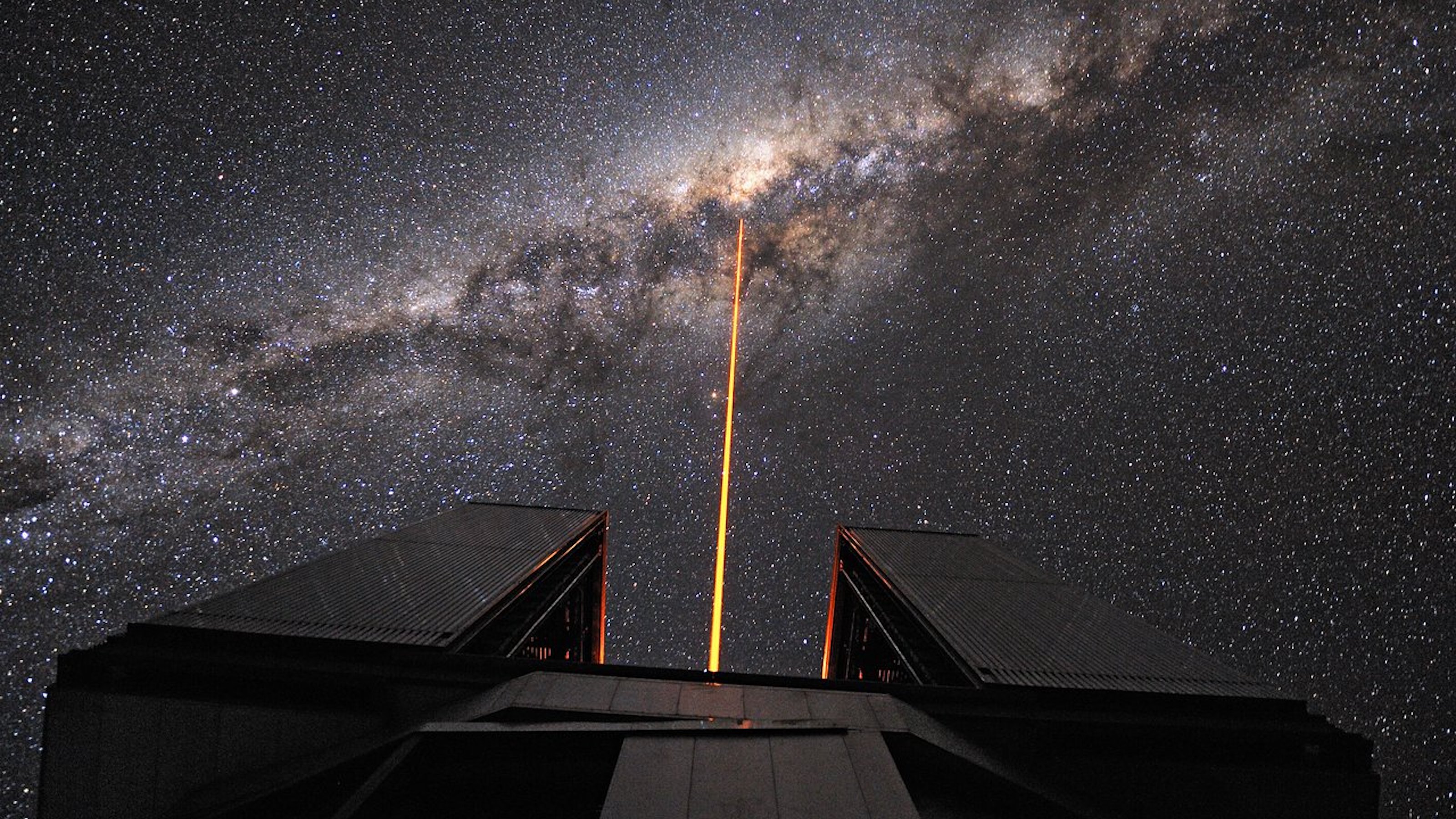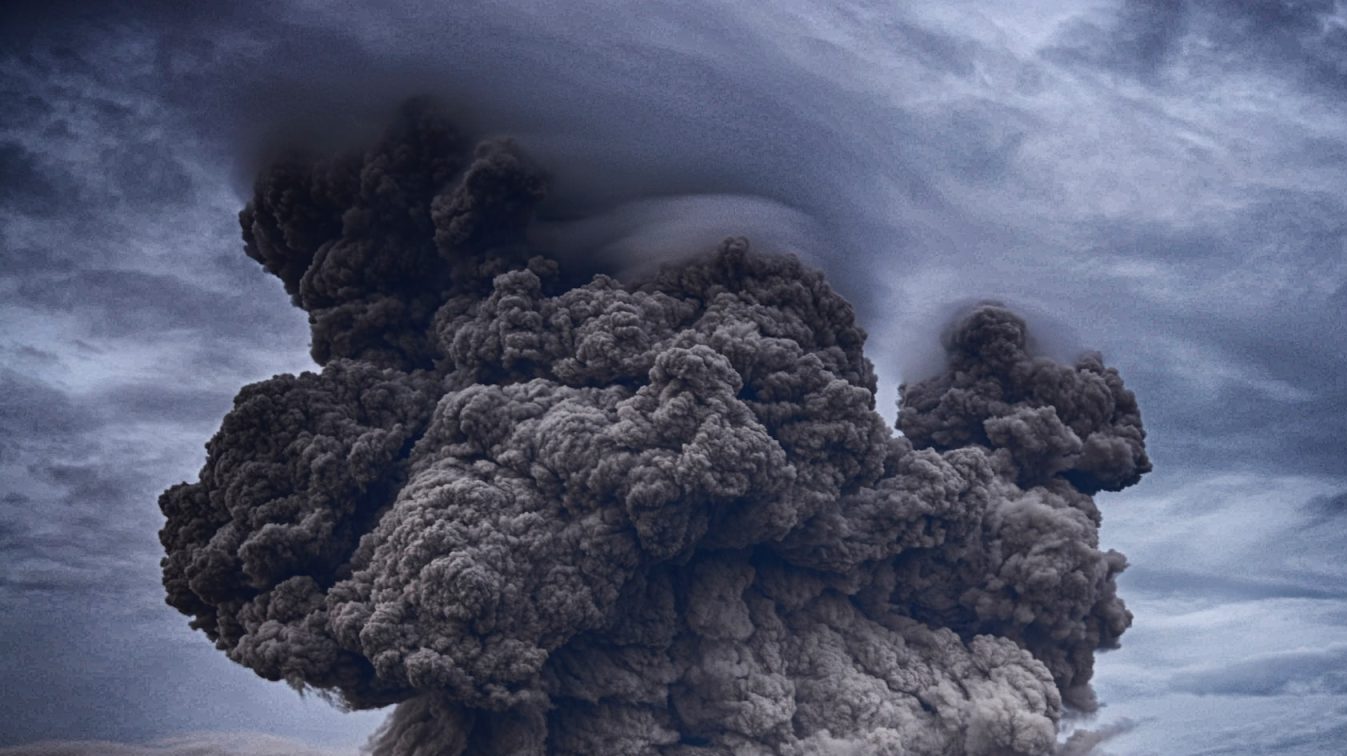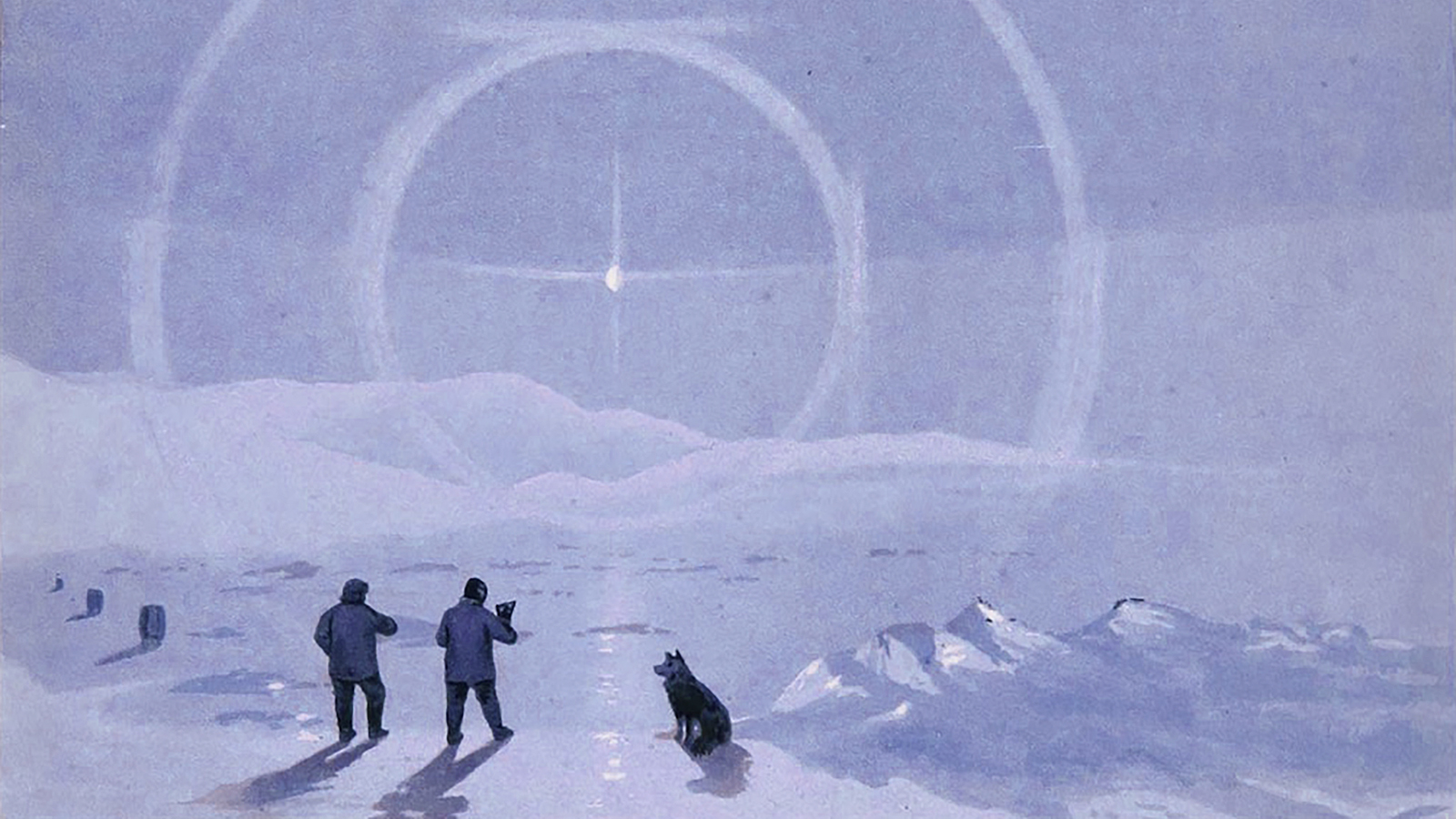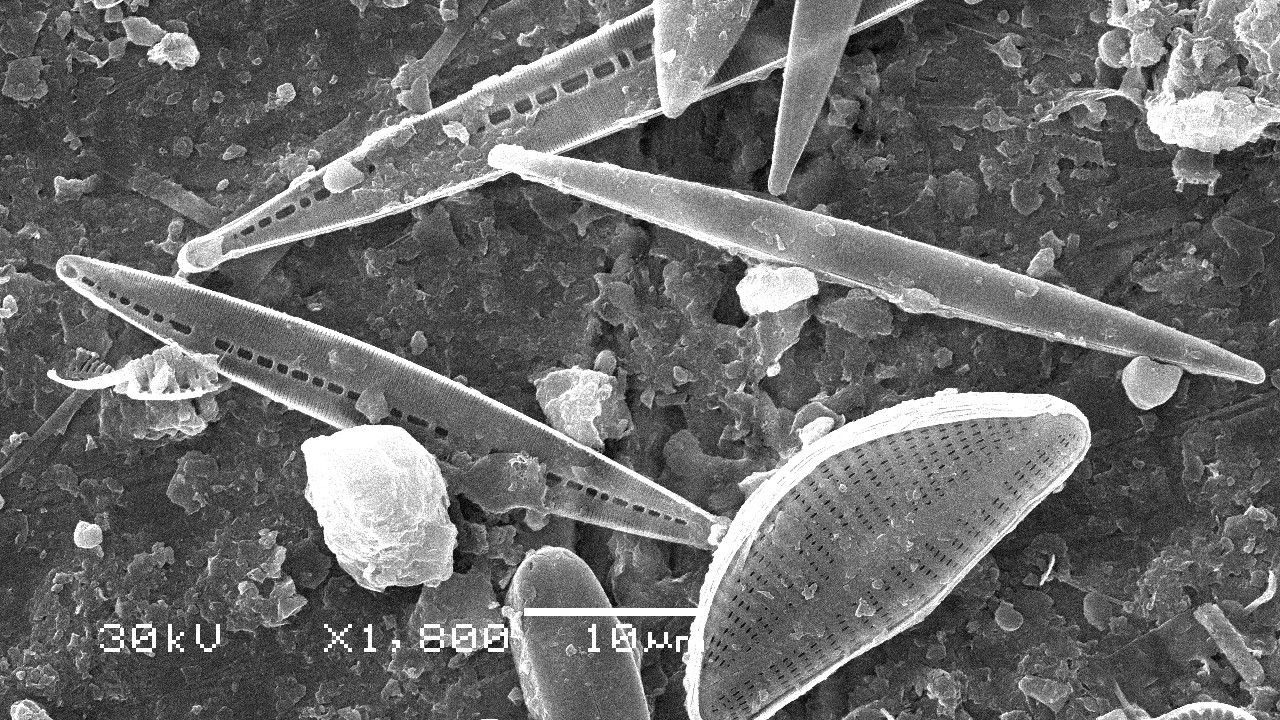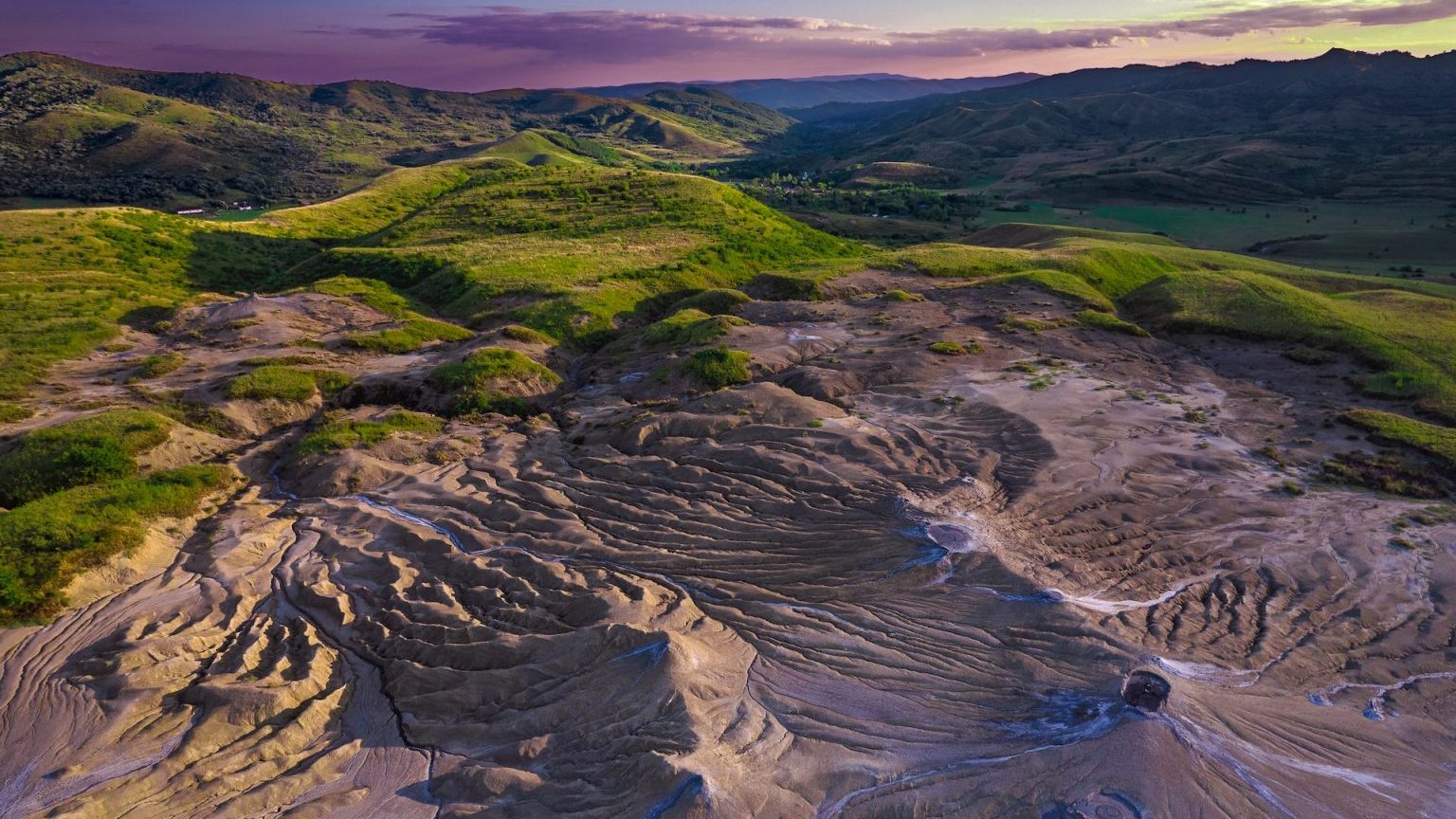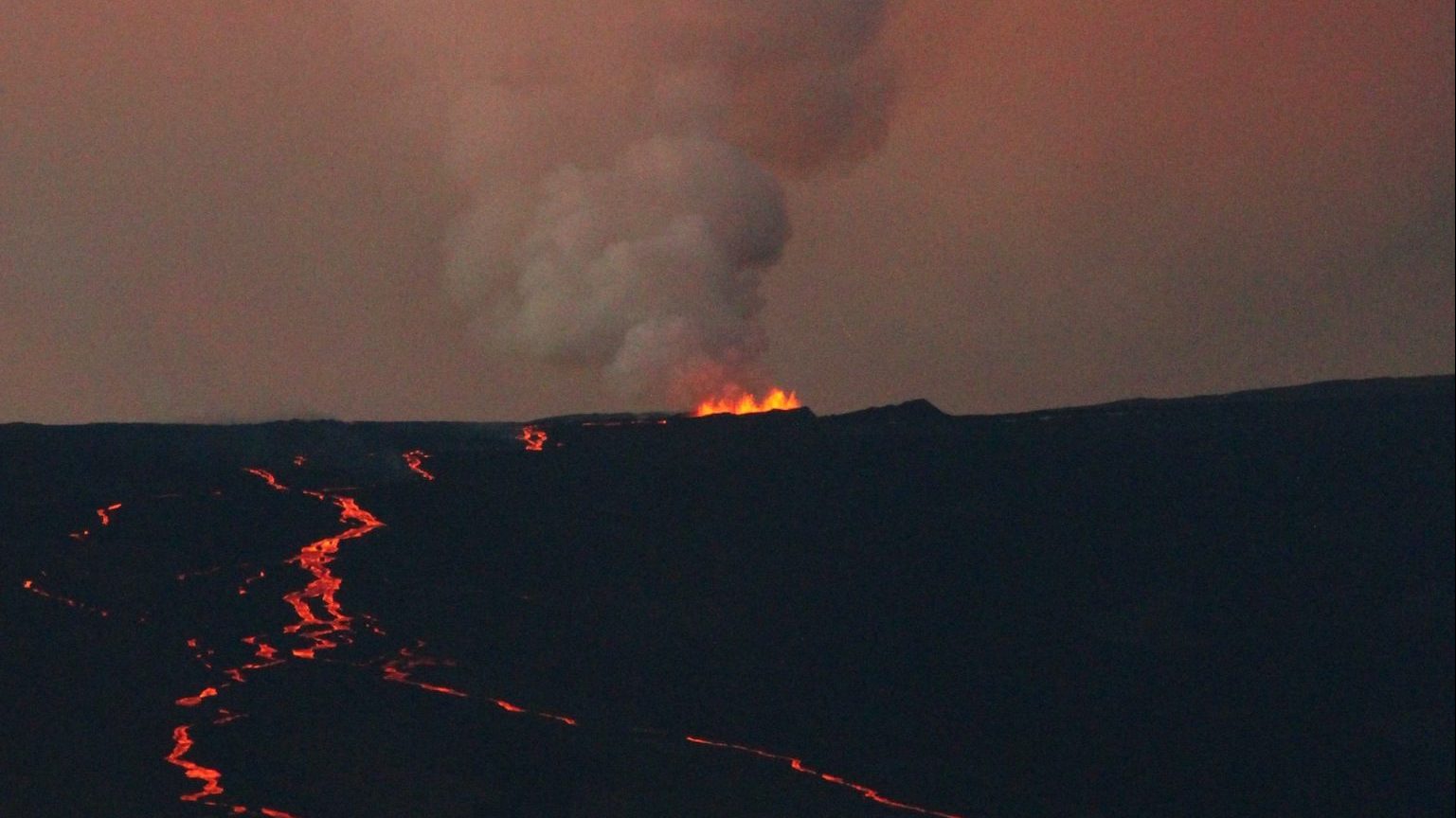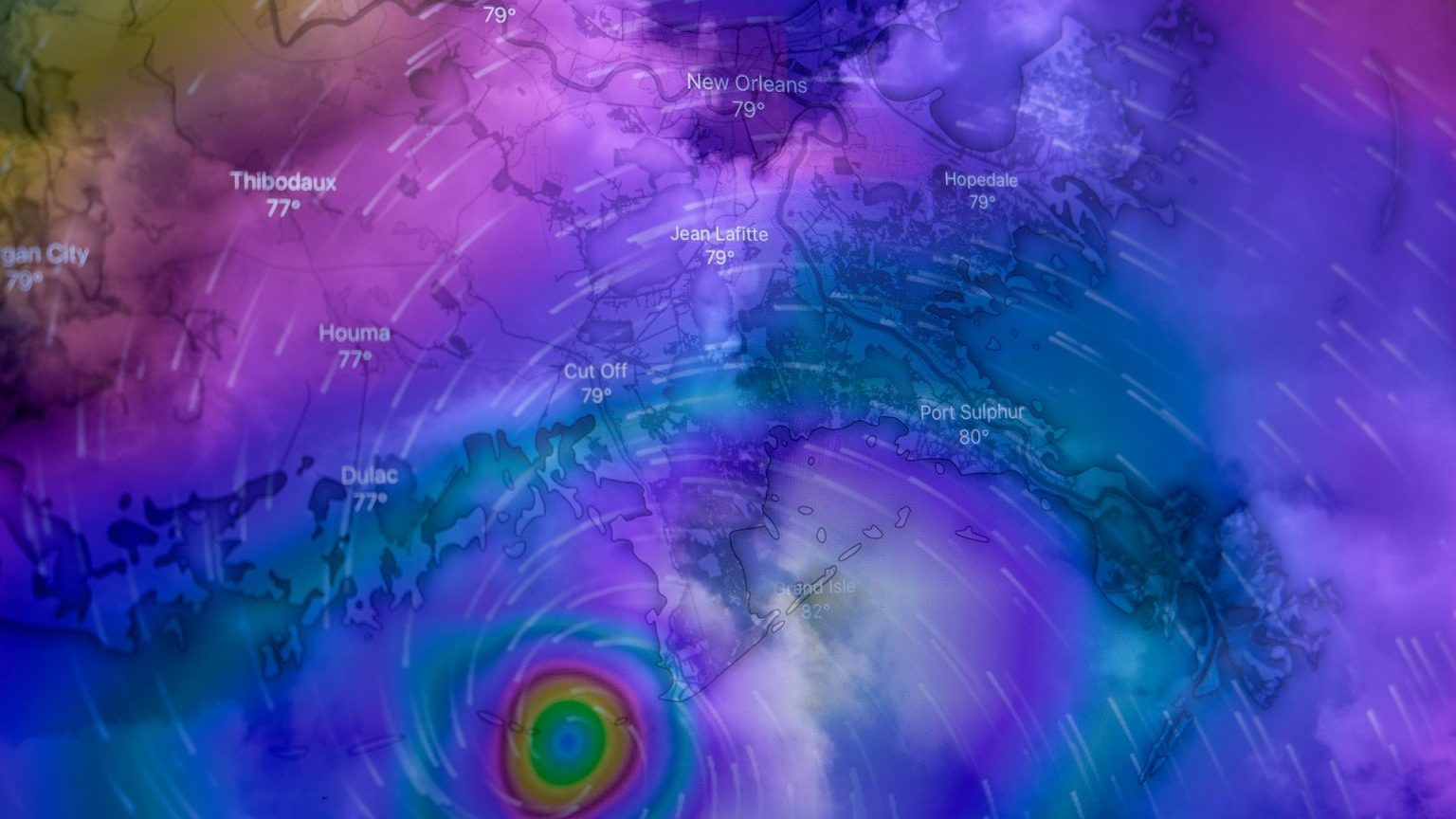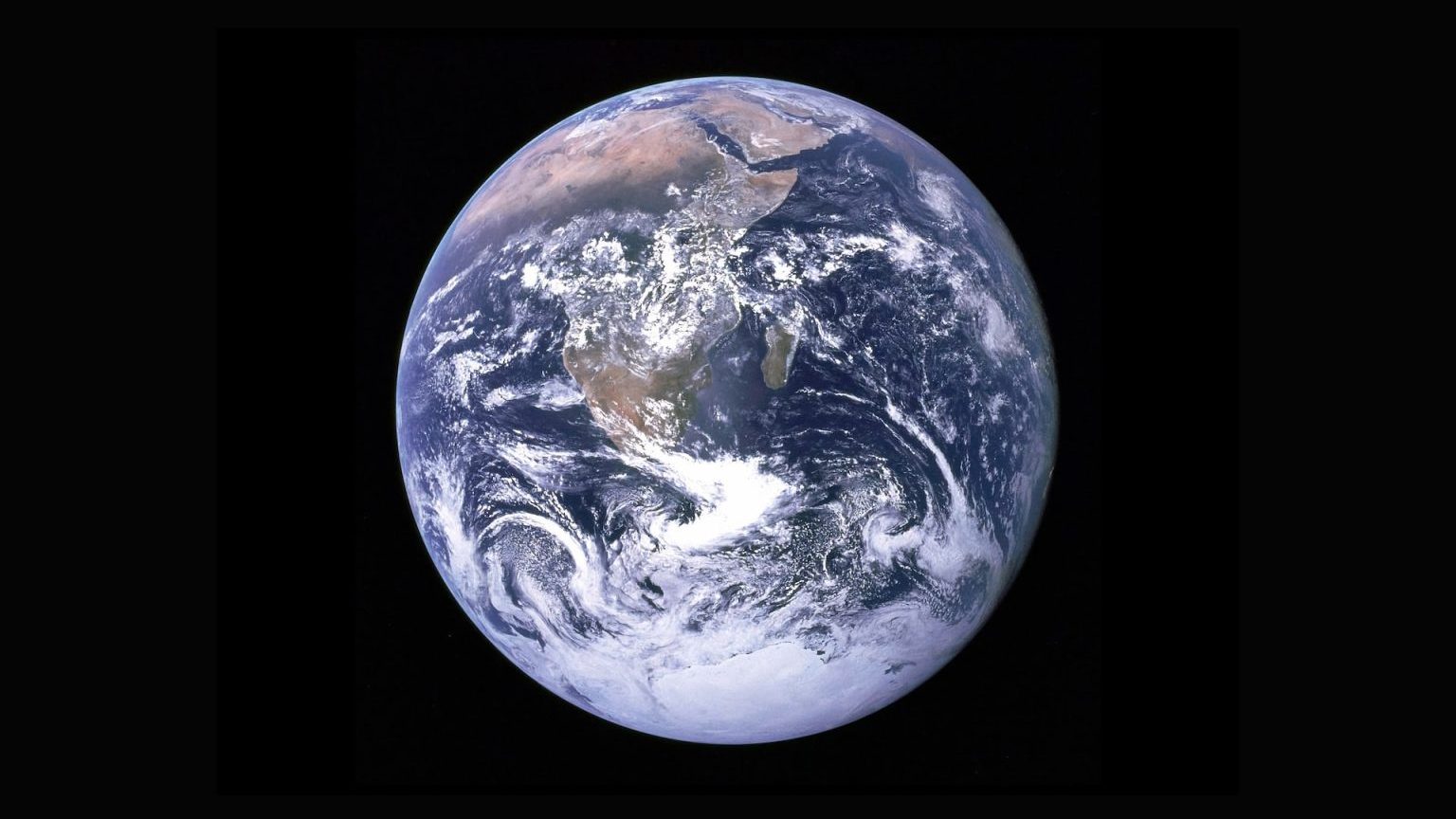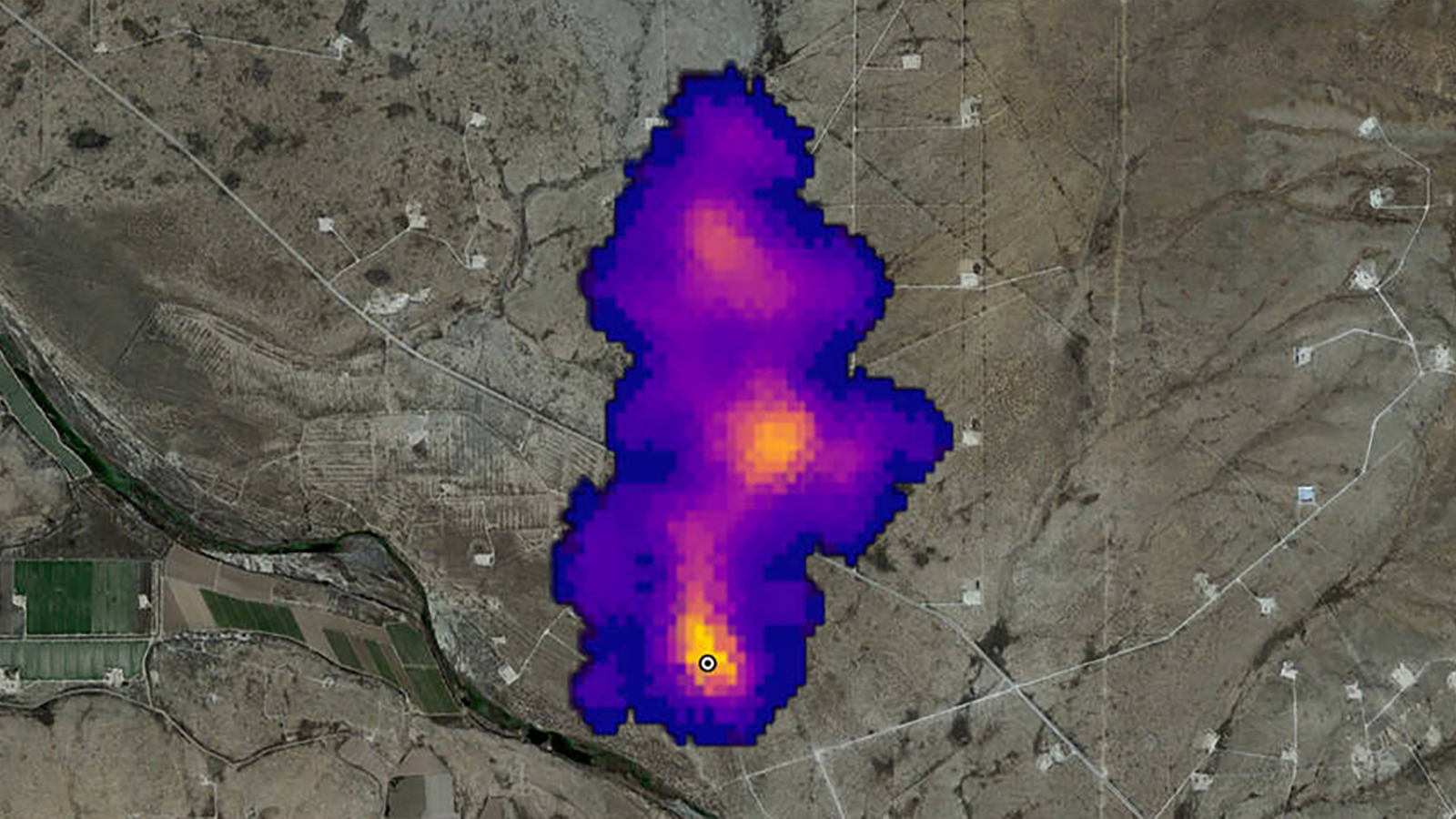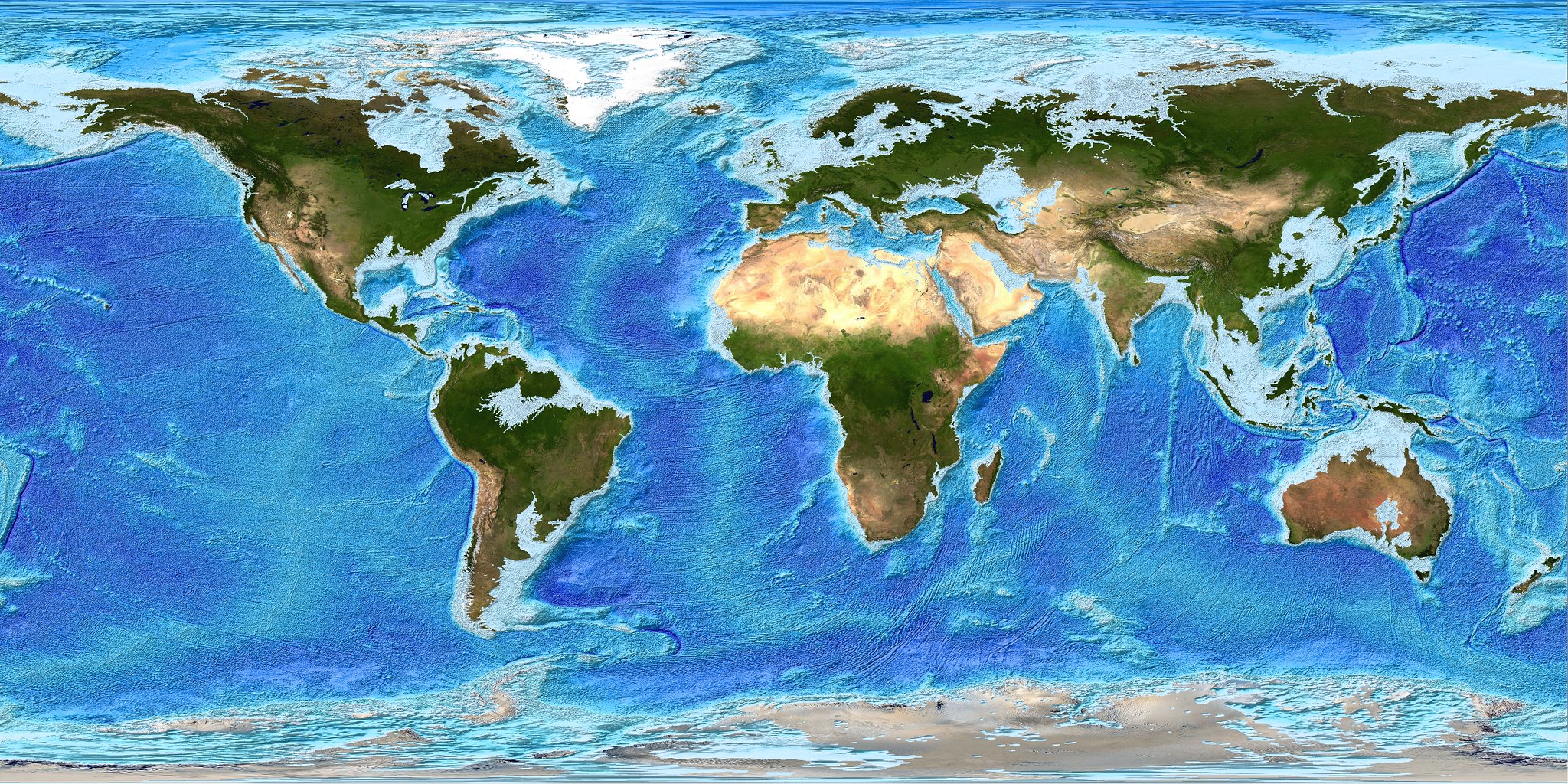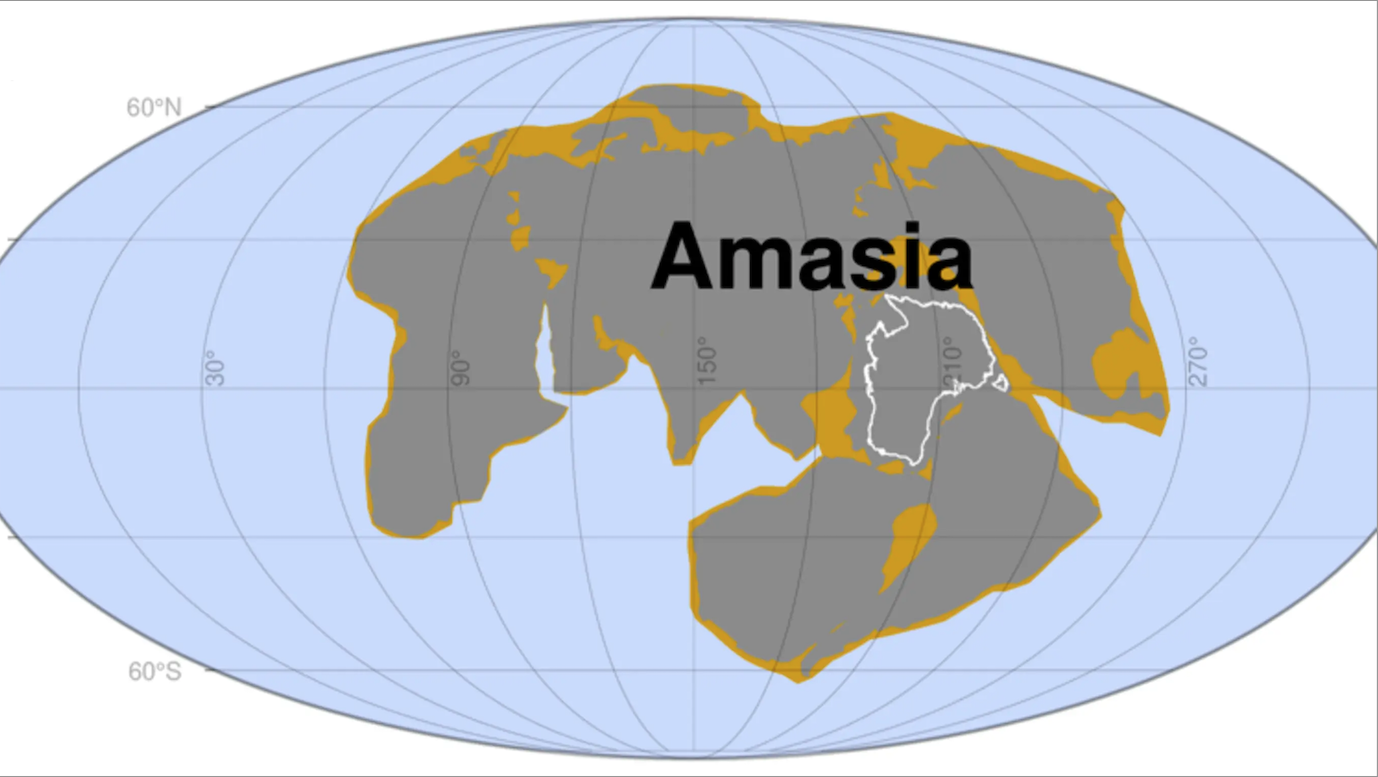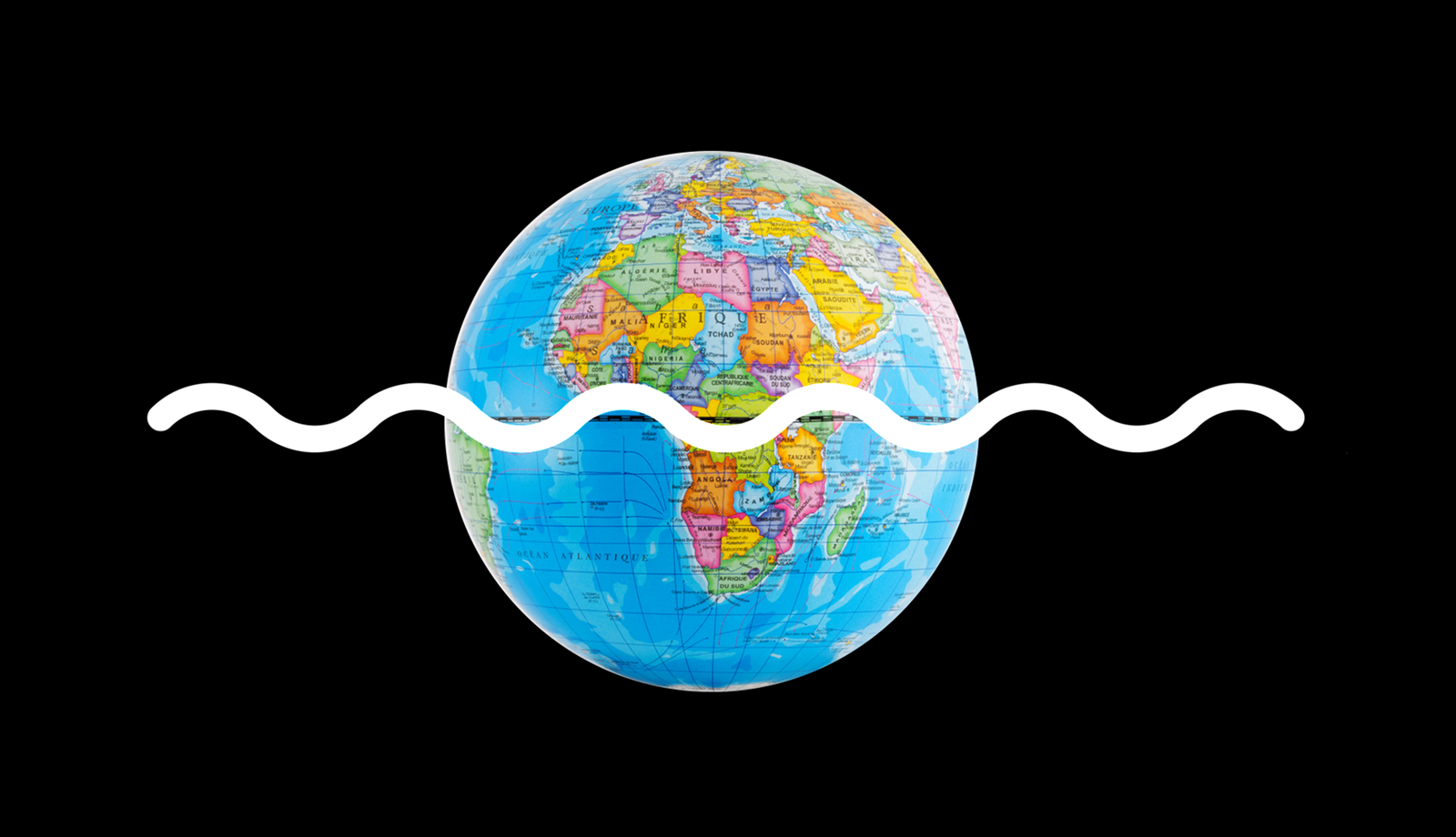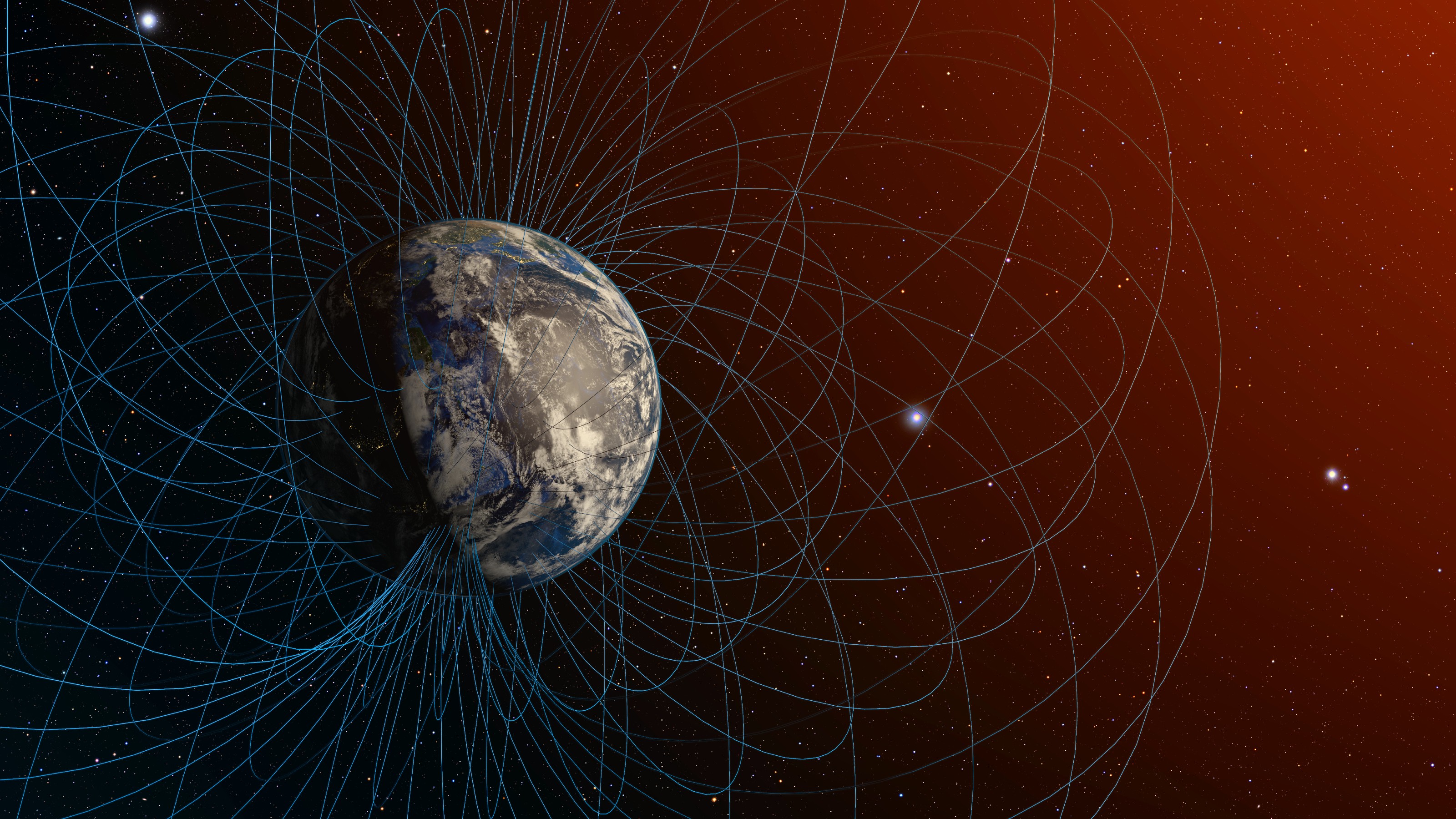earth science
Slimy biofilms made up of bacterial and eukaryotic life forms have taken over an abandoned, flooded uranium mine in Germany.
Air currents in our atmosphere limit the resolving power of giant telescopes, but computers and artificial stars can sharpen the blur.
Out of sight, but not out of mind.
What we’ve learning from the world’s coldest, most forbidding, and most peaceful continent.
Size matters, but it’s not the only thing.
The Centennial State is technically a hexahectaenneacontakaiheptagon.
Each year, several trillion pounds of microscopic silicon-based skeletons fall down the water column to pile up into siliceous ooze.
Why would the Earth suddenly start vomiting forth huge quantities of mud?
Passing chunks of ice can fertilize ocean waters and play a role in the planet’s carbon cycle.
In 2020, scientists took more than a kilo of moon rock and soil back to Earth for testing.
These were the stories you clicked on the most.
“A modern five-day forecast is as accurate as a one-day forecast in 1980.”
It’s like radar, but with light. Distributed acoustic sensing — DAS — picks up tremors from volcanoes, quaking ice and deep-sea faults, as well as traffic rumbles and whale calls.
Hawaii is the most isolated volcanic hot spot on Earth, far away from any plate boundary.
Maybe bring an umbrella just in case.
It’s on a 100,000-year timescale, though, so the next few centuries might not be so comfortable.
We cannot afford to dream about living on other worlds while we continue to destroy ours.
Methane is a shorter-lived but more potent greenhouse gas than carbon dioxide. Cleaning it up could have a quick impact on global warming.
True north, magnetic north, and grid north have aligned. There’s also a connection to James Bond.
Based on data since 2000 alone, global warming is still occurring at a whopping 7-sigma significance. How hot will planet Earth get?
One possible vision of the distant future.
Organic molecules can be produced by living or non-living systems. But the recent findings are very intriguing.
Over the past 50 years, 27 leap seconds have been added to our time.
It could one day fuel nuclear fusion reactors.
The monsoon rains were not always so reliable.
Since our arrival, humans have driven a seven-fold drop in the mass of wild land mammals.
Recent research suggests that Earth’s magnetic field bounced back just as complex life was starting to emerge on our planet.
